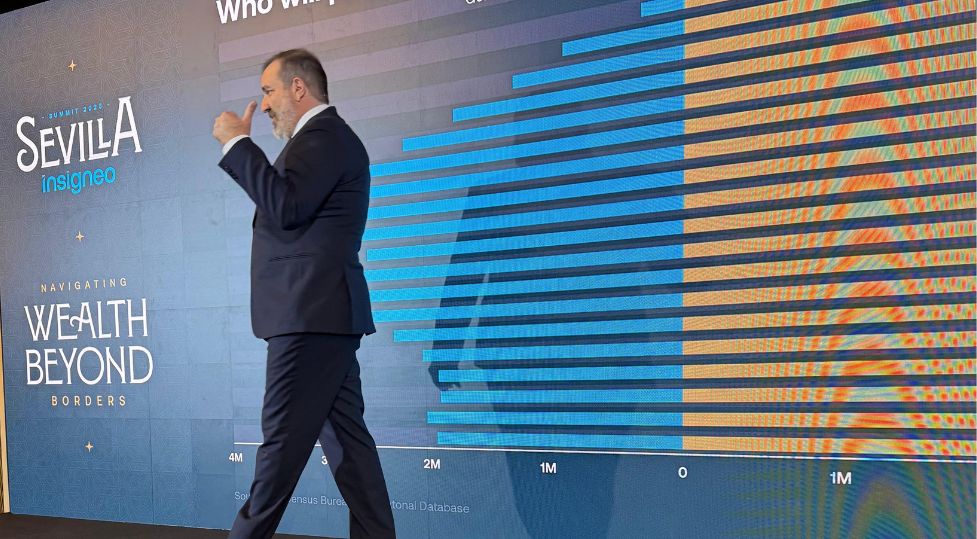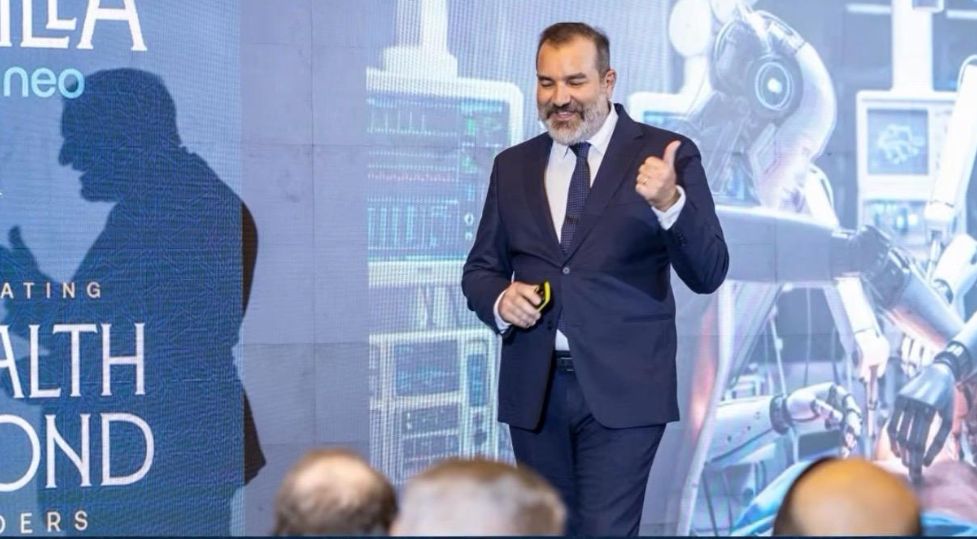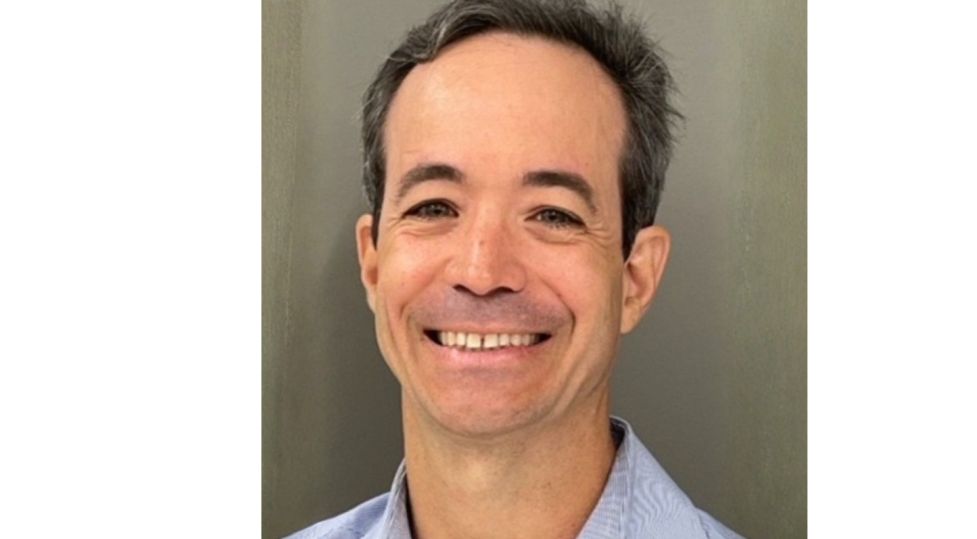The Spanish city of Seville was the setting for Insigneo’s 2025 Summit—the firm’s first major event outside the Americas—and there, its Chief Investment Officer, Ahmed Riesgo, proposed a conceptual shift that, according to him, will be decisive for the wealth advisory business in the coming years.
Before an audience composed mainly of advisors and investment professionals, Riesgo stated that the world is already “in the midst of a longevity boom” that will require a rethinking of everything from public finances to personal portfolios. The executive, who leads macro research and asset allocation at Insigneo, emphasized that the challenge is not only to live longer, but to finance longer and healthier lives.
Longevity: A Structural Trend With Fiscal Impact
The CIO highlighted that global life expectancy has been increasing by nearly one year every four years since 1990. If this trajectory continues, by 2050 another four to five years will be added to the global average. In his view, this outlines a likely scenario of generations living actively into their 90s and beyond, with significant improvements also in healthy life expectancy.
But this progress opens a front of fiscal tension, he warned. Riesgo described a “historic mismatch”: society spent a century on the “engineering of longer lives,” but almost nothing on the “engineering of balance sheets” to sustain this new life cycle. The combination of greater longevity and declining fertility is raising the old-age dependency ratio, which increases public spending on pensions, healthcare, and long-term care.
His key macro conclusion is that there will be greater government indebtedness and, therefore, upward pressure on real interest rates. As a result, he noted that sovereign bonds from developed markets will face structural headwinds.
“Wealth = Money + Time + Health”
One of the most frequently repeated themes of the talk was the need to redefine the concept of wealth. For Riesgo, the traditional equation focused on assets must be broadened: “wealth is no longer just money; it is also time and health,” he stated.

From that redefinition came the title of his presentation at the Seville event: shifting from “net worth” to “net years.” The message was direct for wealth planners: financial tools designed for a three-stage working life and a relatively short retirement do not work in a world of “multi-stage lives” and potentially centenarian lifespans.
Riesgo attributed the longevity leap to traditional drivers (preventive medicine, lower infant mortality, vaccines, cardiovascular improvements, rising income) but emphasized the growing influence of new catalysts:
mRNA platforms, which accelerate vaccine cycles and outbreak responses.
GLP-1 drugs, with effects that go beyond weight loss, improving diabetes, cardiovascular risk, and potentially dementia, reducing morbidity.
Artificial intelligence, as an accelerator of drug discovery, early diagnosis, and personalized medicine.
Robotics and care automation, which will sustain quality of life for aging cohorts.
In his view, AI will significantly reduce research and clinical trial times, driving a “health and biotech abundance era.”
Portfolio Implications: Three Winning Sectors
The CIO affirmed that longevity is not only a social issue, but also an investable megatrend. He outlined three sectors with structural advantages:
Health and biotech: med-tech, diagnostics, AI-enabled pharmaceuticals, and prevention platforms.
Technology applied to aging: robotics, humanoids, industrial software that offsets labor shortages.
Longevity real estate and infrastructure: senior housing, medical buildings, laboratories, rehabilitation, home care, and related services.
He specifically highlighted the rebound of senior housing as an opportunity following the pandemic’s impact, as well as the appeal of healthcare REITs focused on medical offices and life-science labs.
Ahmed Riesgo concluded his presentation with a set of practical guidelines for a “longevity-aware” portfolio, aimed at the advisors and managers attentively listening to his talk:
More growth (more equity) and less cash: over long horizons, cash stops being “king” and becomes a drag.
Explicit allocation to the longevity economy: create a specific thematic block within the portfolio.
Longevity risk hedging in liability-bearing portfolios: longevity swaps, deferred annuities, long-dated inflation-linked bonds.
Rebalancing time, not just assets: financing multiple careers, sabbaticals, and midlife human capital reinvestment.
Bias toward resilient systems: companies and countries with strong healthcare infrastructure and technology for telemedicine, remote work, and automated care.
In line with this logic, he suggested a strategic allocation more oriented toward equities, real assets, and lifetime income instruments, with a much smaller weighting of developed market bonds.





